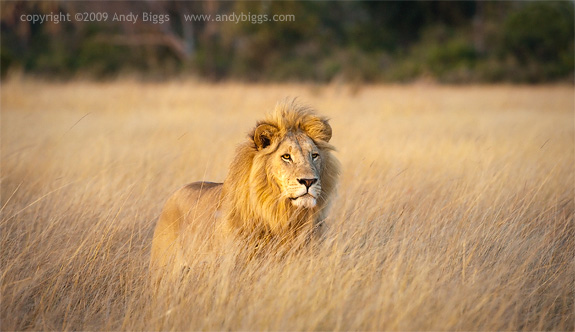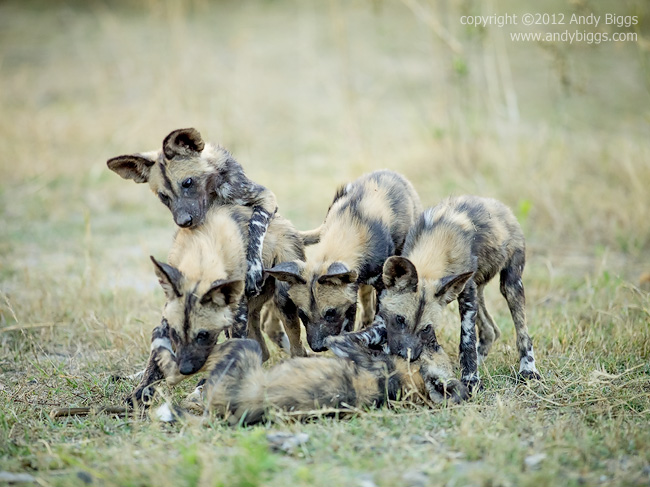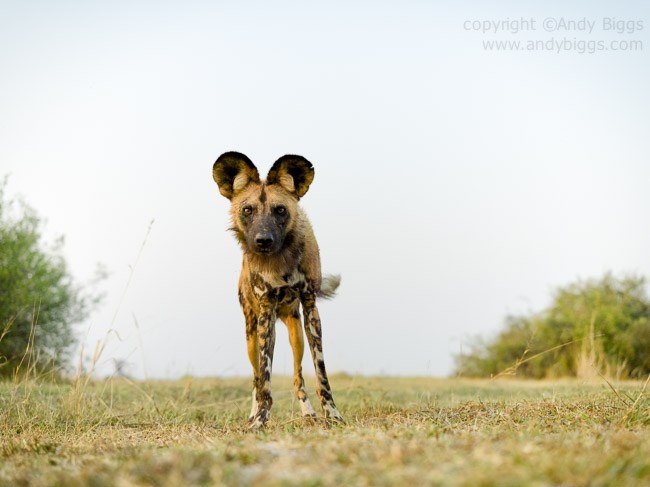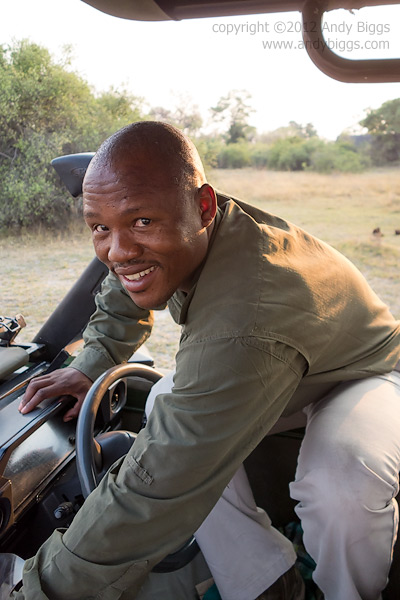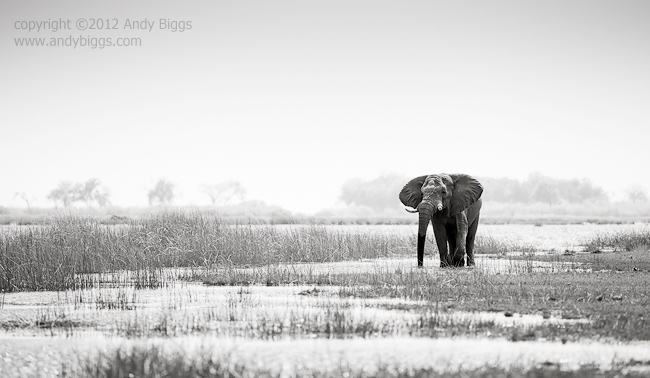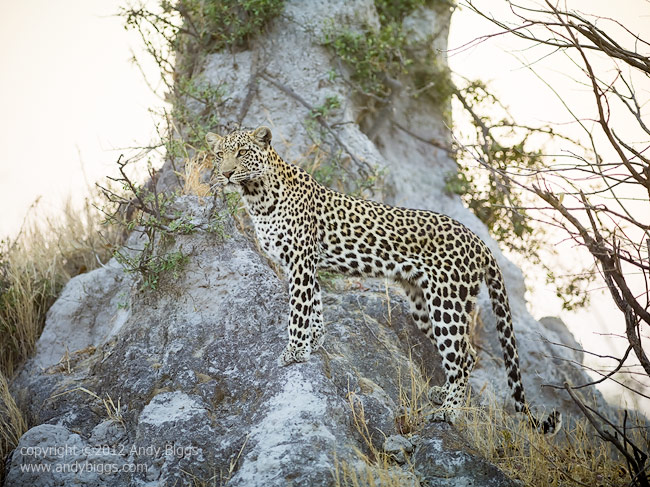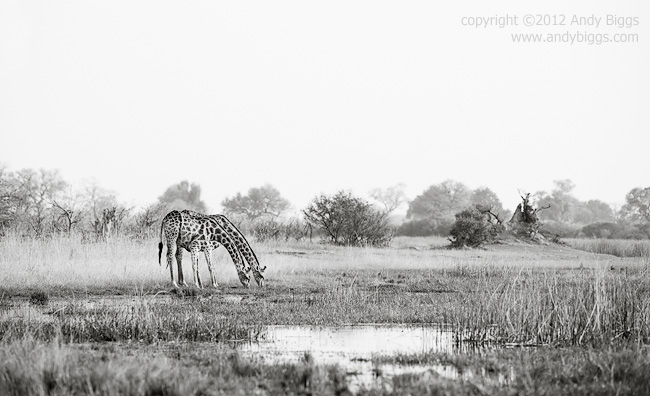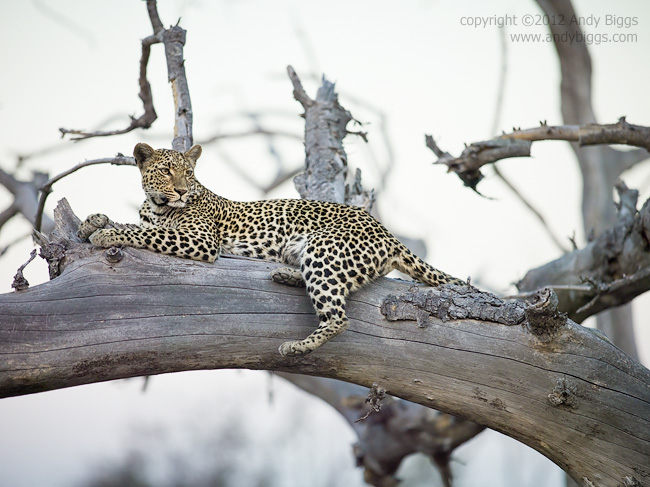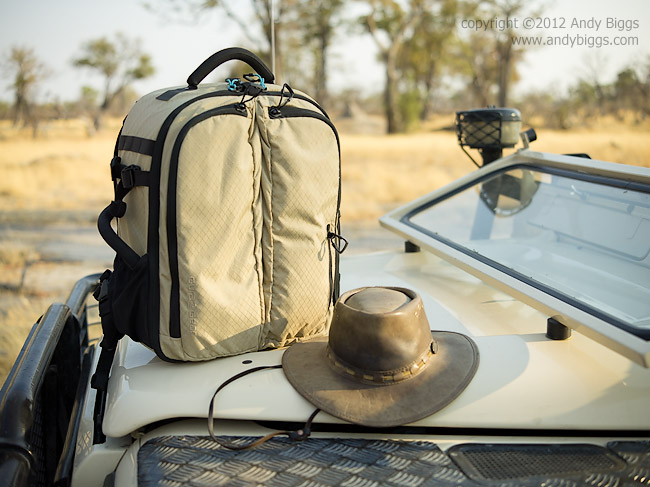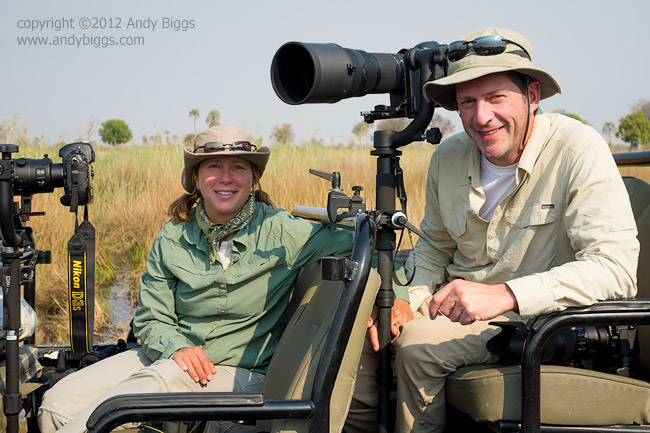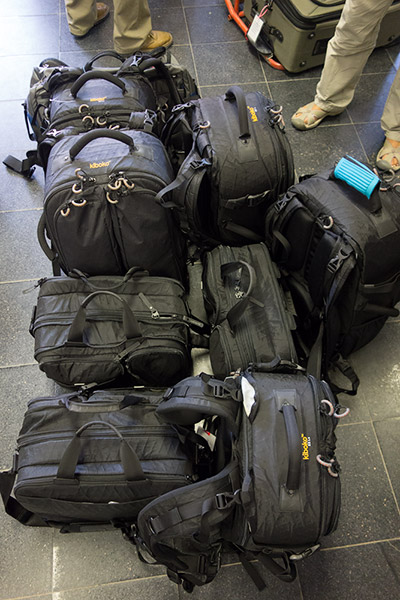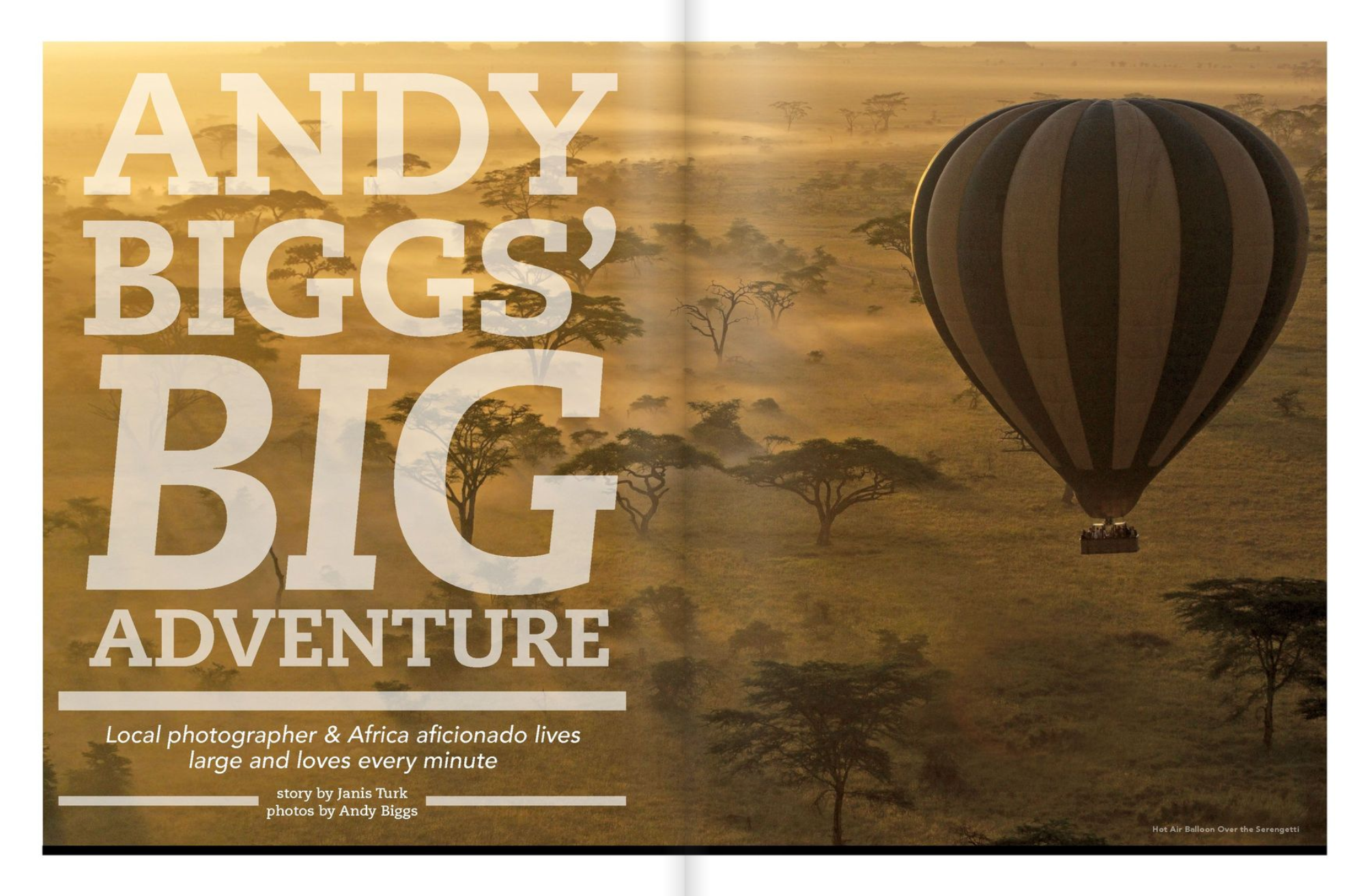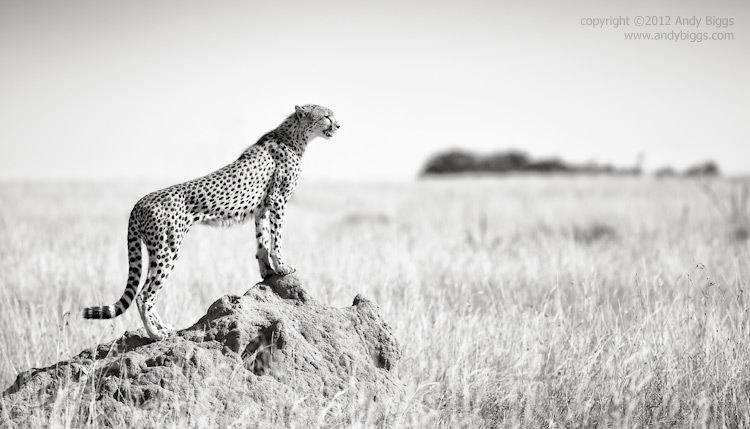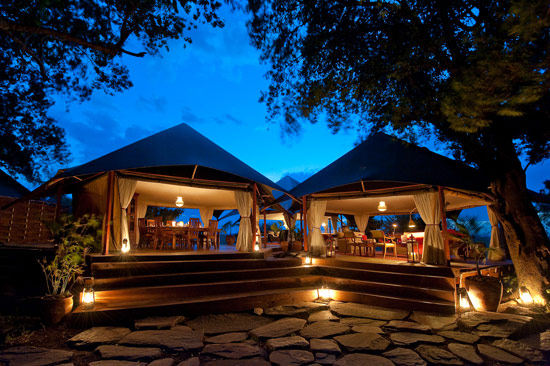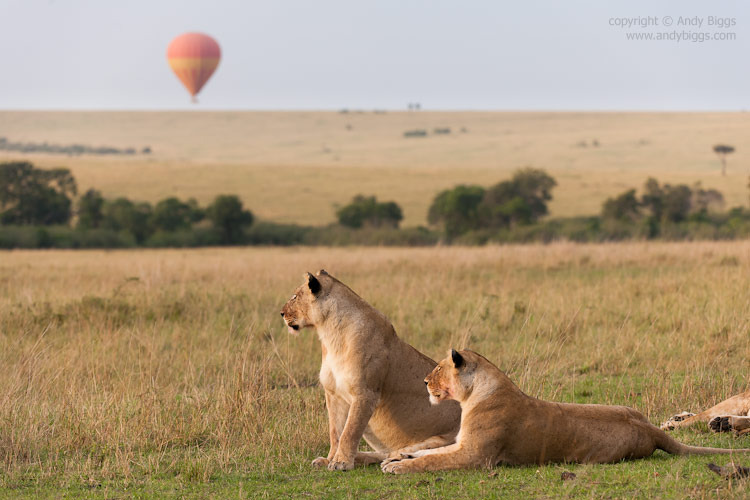Back in late September I lead a trip to Namibia for Phase One as part of their PODAS series of workshops. My good friend, Bill Atkinson, was the other instructor on the trip, and we had an excellent time together with our travelers. Our trip began and ended in the capital city of Windhoek, and we flew between 3 different locations across the country.
Since I have been to Namibia many times in the past, I tried to put myself in a different creative mind on this trip. My goal was to find new compositions with shorter focal lengths, which isn’t always easy with all of the far away types of shots that Namibia has. I did use my Phase One camera system this time, which limits me on the long end anyway, and it is probably the best camera system for that type of environment: huge huge files from 40, 60 or 80mp digital backs for crisp/detailed images with rich color fidelity.
Our first destination was in the sleepy town of Lüderitz, which is a coastal town that was built to support the diamond mining efforts at the beginning of the last century. While at Lüderitz we were able to photograph the abandoned diamond mining town of Kolmanskop, where I have been many times in the past. This was, however, my first time to visit and photograph with a medium format camera. We spent 2 nights there, and had 2 separate shoots at Kolmanskop on separate days.
As a side note, I will be leading a pair of Namibia trips with Joshua Holko in 2014. We are working on the details right now. Please notify me if you are interested in more information when I have all of the details planned out. info@andybiggs.com
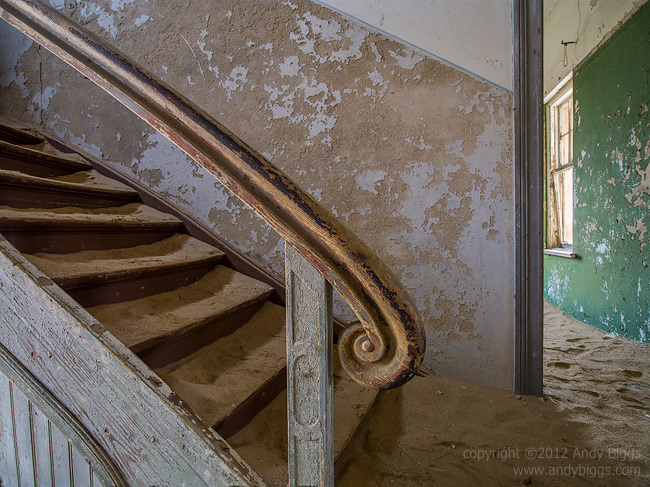
Staircase, Kolmanskop Mining Town
Phase One DF camera, IQ160 digital back, 28mm lens

Two Doors, Kolmanskop Mining Town
Phase One DF camera, IQ160 digital back, 45mm lens
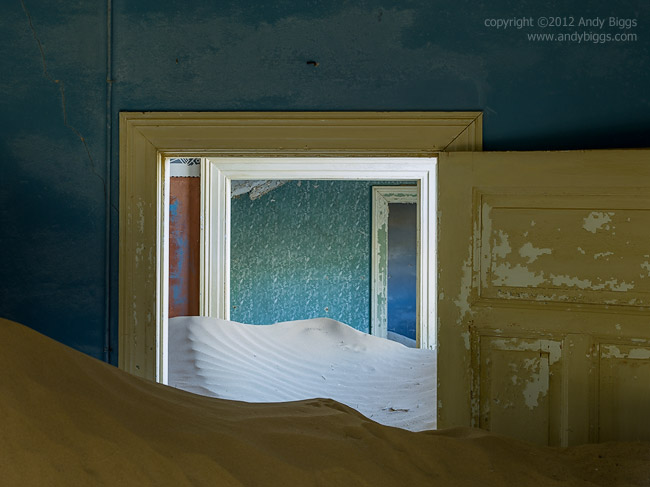
Door In A Door, Kolmanskop Mining Town
Phase One DF camera, IQ160 digital back, 75-150mm lens
After we left Lüderitz we flew over to Sossusvlei, where some of the tallest sand dunes in the world are located. We stayed in the area for 3 nights, and visited the famed Deadvlei a couple of times in an attempt to ‘get it right’. I do like visiting a location more than once, as I tend to get hung up with a particular style on a shoot. Sometimes this means that I stick with a single lens, sometimes it means that I envision only B&W or color or sometimes it means that I take huge creative risks in an attempt to do something completely different. We also took some time to scout some less photographed areas of the Namib-Naukluft, and found what I hear is the most northern quiver tree in Namibia. Talk about far away from its nearest relative, which is still at least a 50km drive.
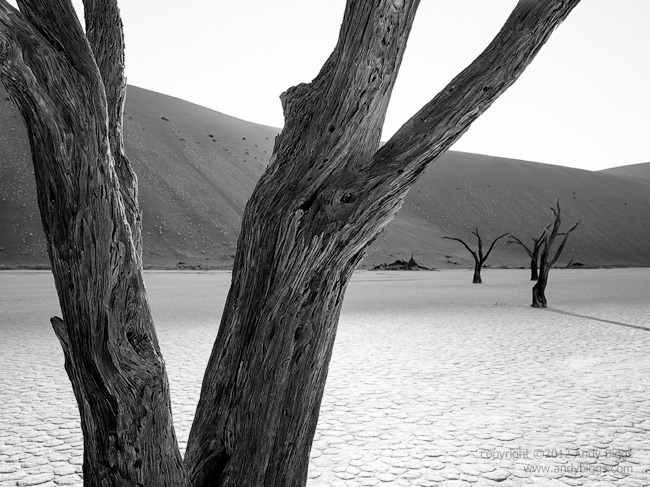
Deadvlei in B&W
Phase One DF camera, IQ160 digital back, 45mm lens
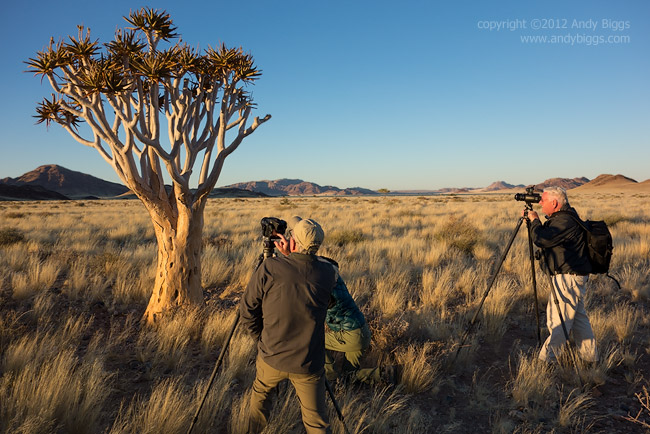
A Lone Quiver Tree
Sony RX-100 point and shoot camera

Yours Truly
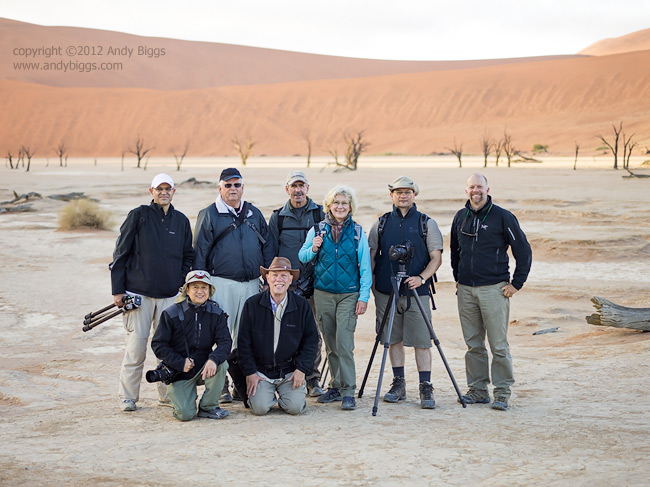
El Grupo
At the end of the trip we flew to the more remote area of Namibia, Serra Cafema Camp. Serra Cafema Camp is located on the Kunene River, which separates Namibia from Angola. One of my all-time favorite locations to photograph is here, and it is the combination of remoteness, grandiose beauty and accommodations that keeps bringing me back. 3 nights just scratches the surface of what this area can do for photography, and I look forward to going back again in future years.

Overlooking the dune field from a vantage point
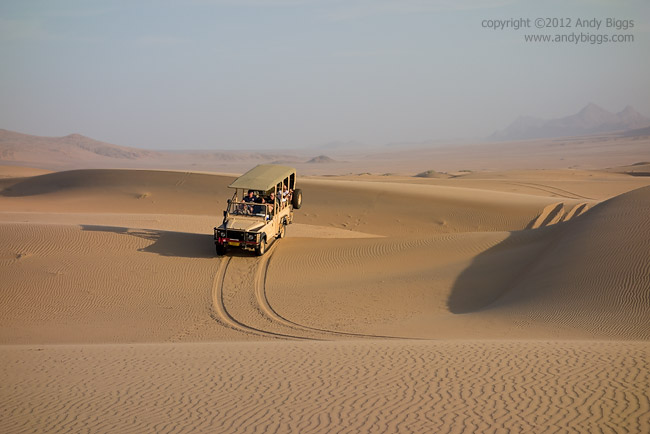
Driving through the dunes

A side view of one of the dunes near camp
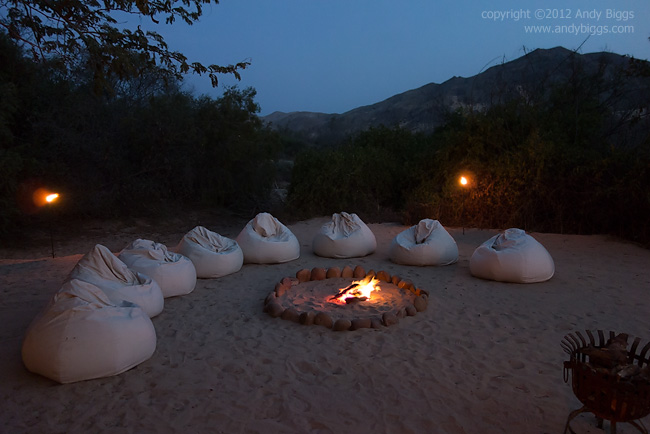
Our thrones around the fire

I am not sure this is what Really Right Stuff envisions for their tripod support
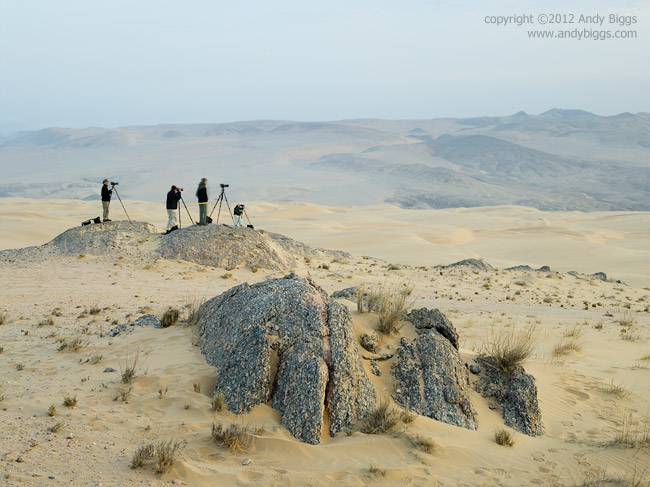
Another vantage point before we went into the dunes for sunset
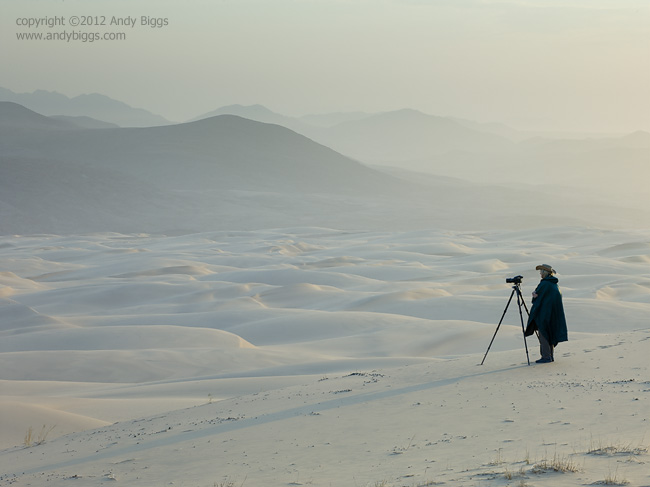
Dune field with the Serra Cafema mountain range in Angola in the background
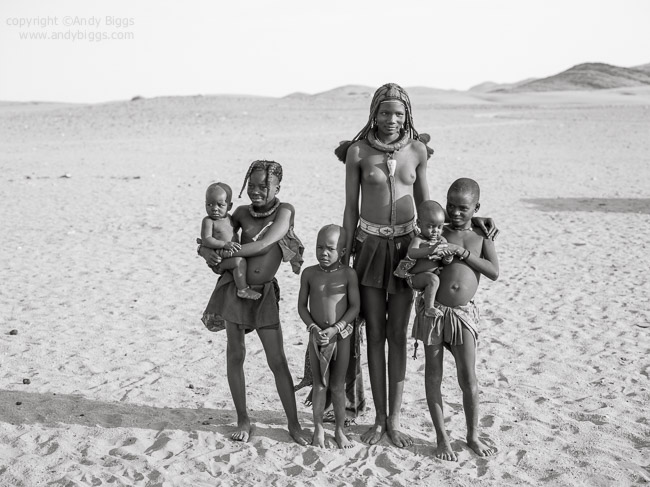
Ovahimba Tribe

Sharing our images
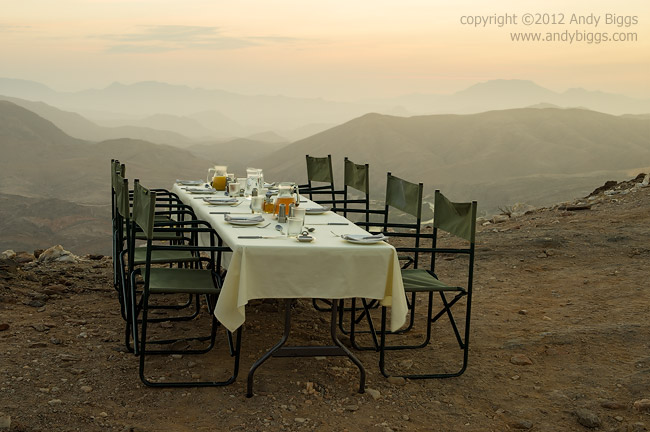
Our final breakfast location, overlooking the Kunene River and Serra Cafema mountain range in Angola
 Friday, February 1, 2013 at 08:06PM
Friday, February 1, 2013 at 08:06PM 